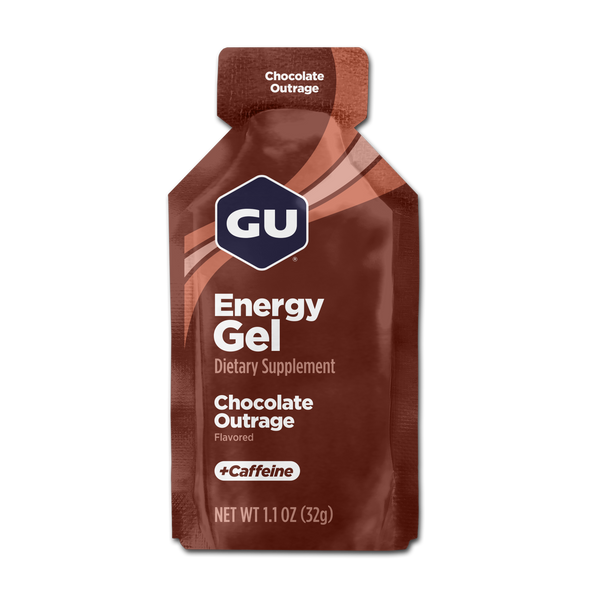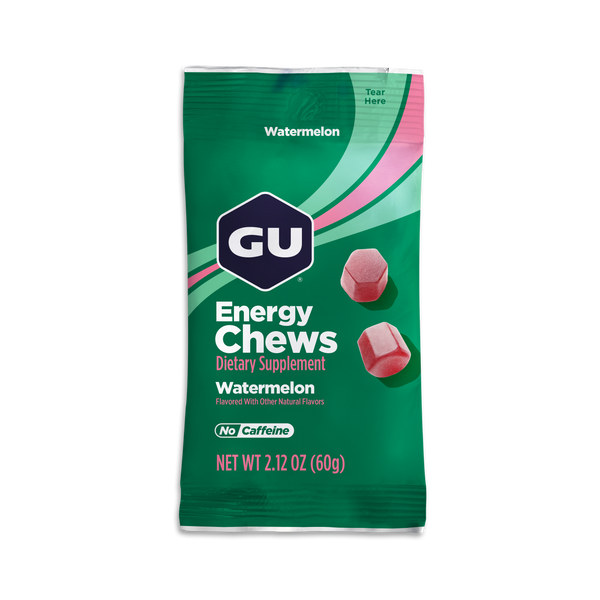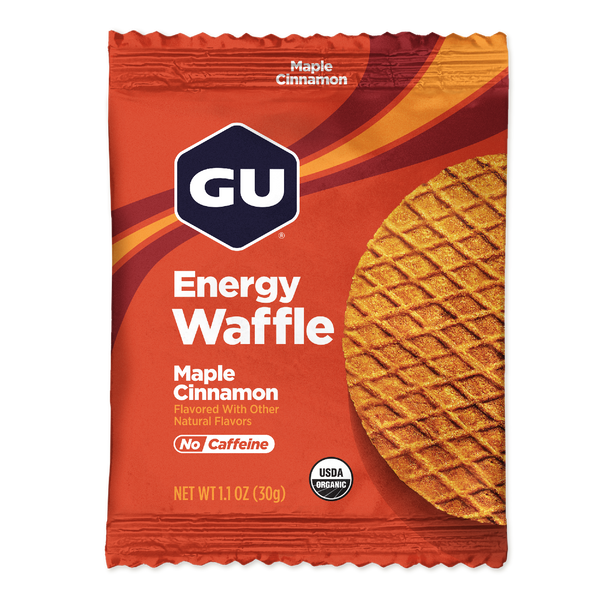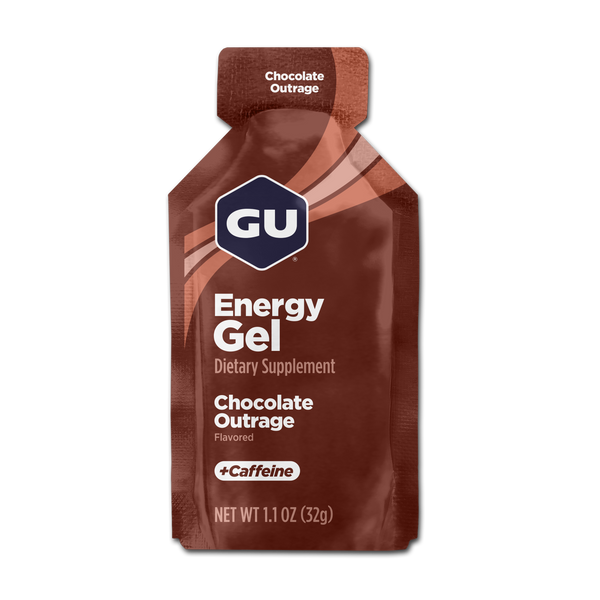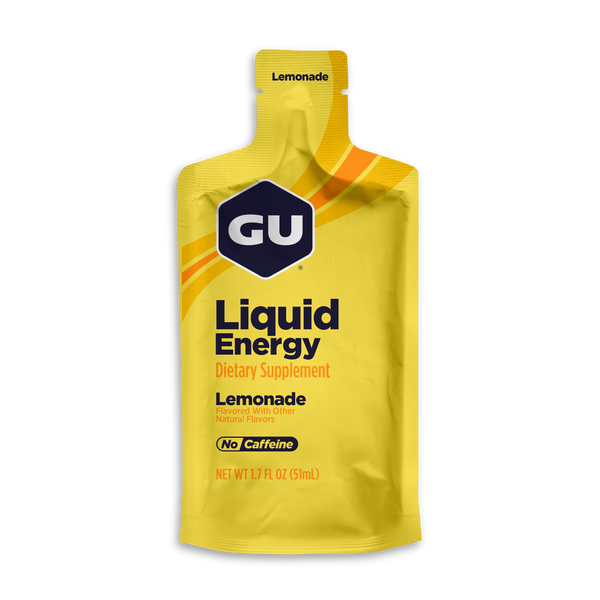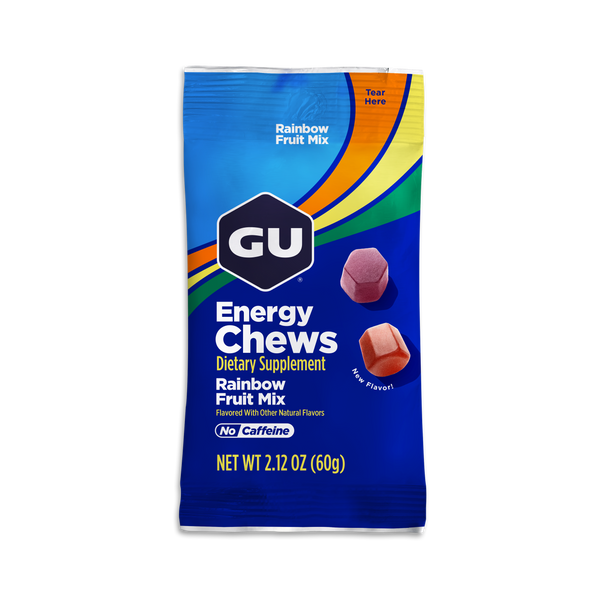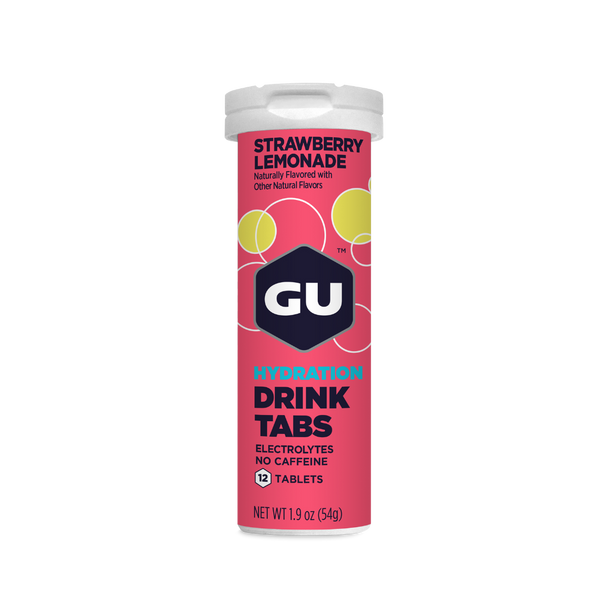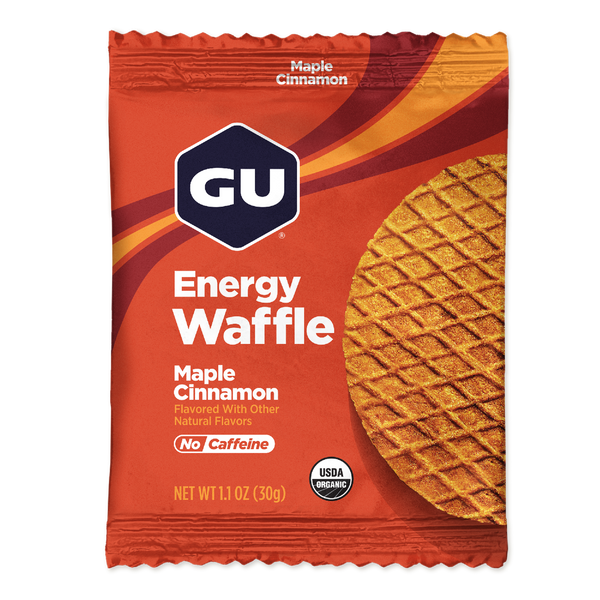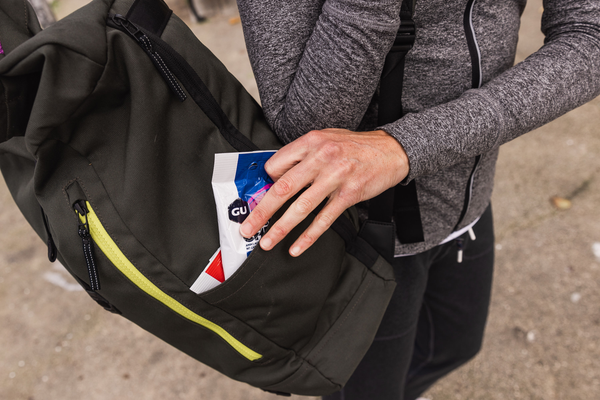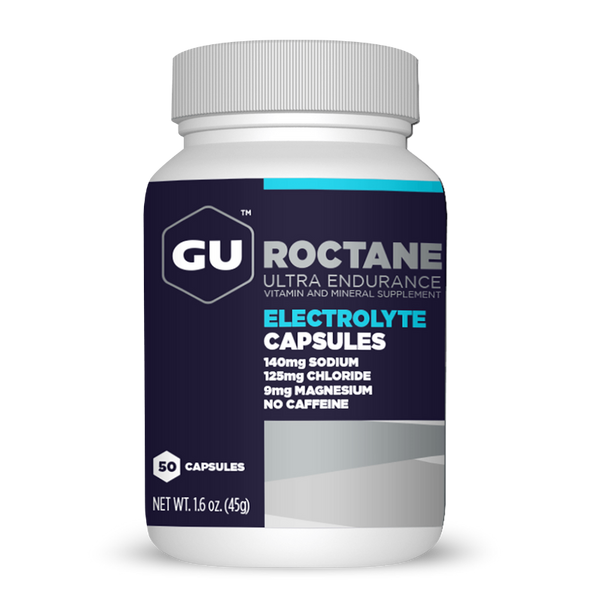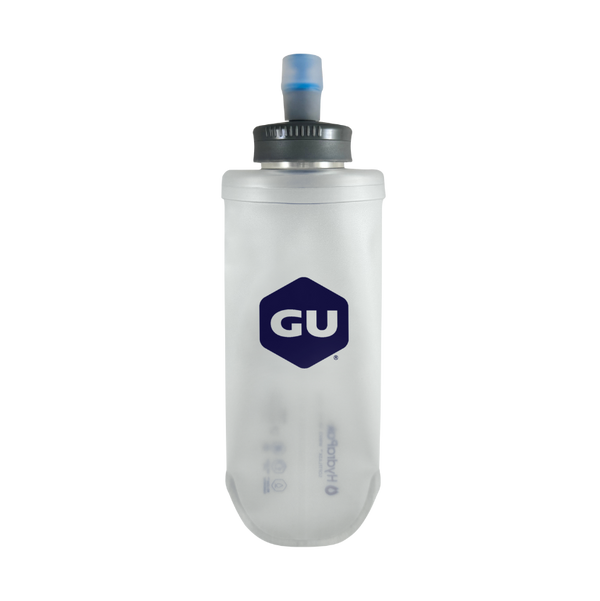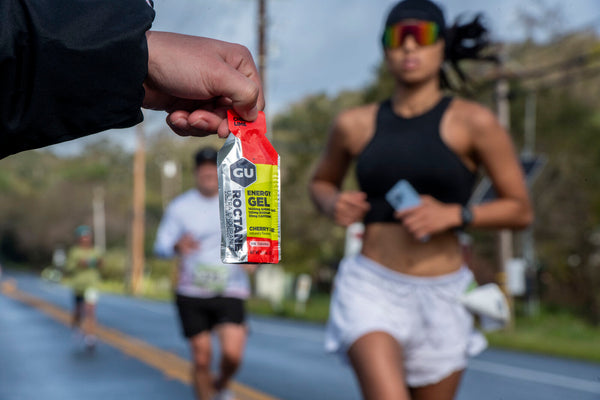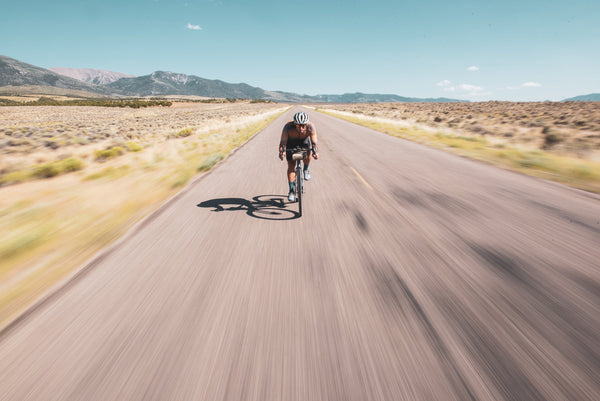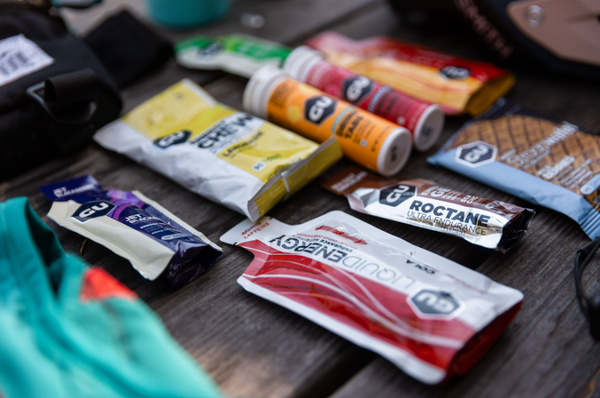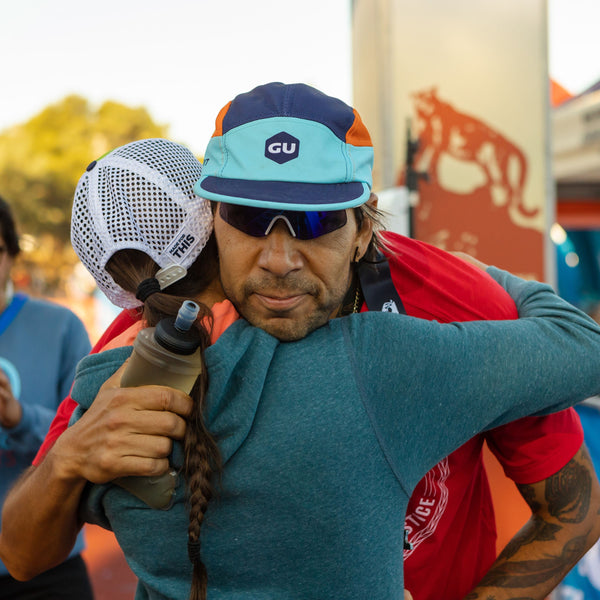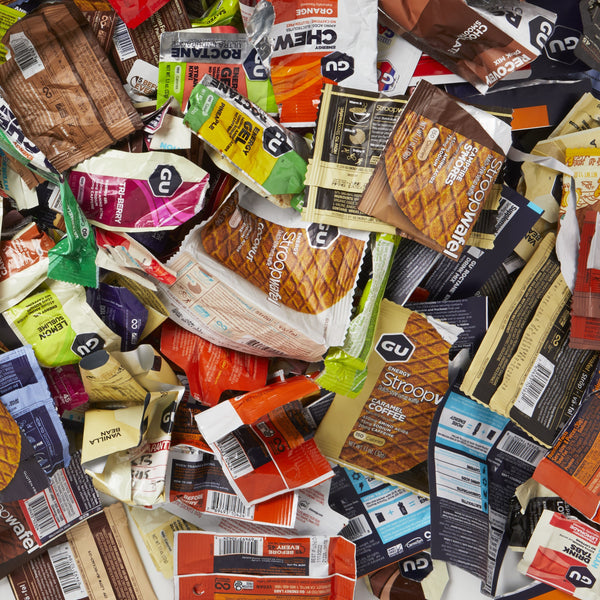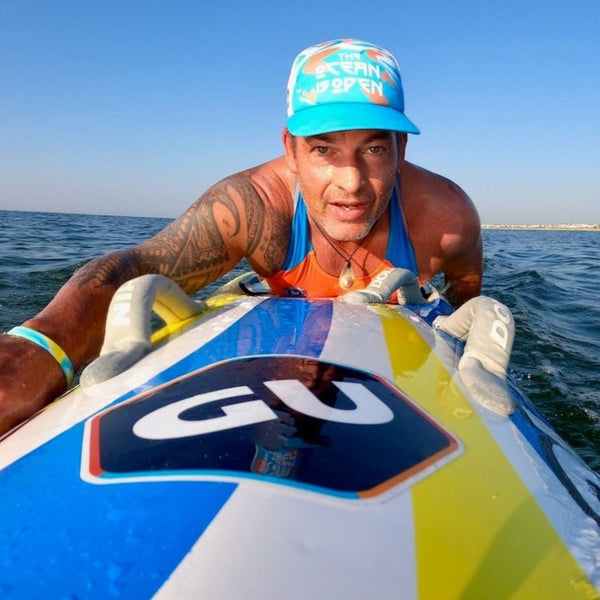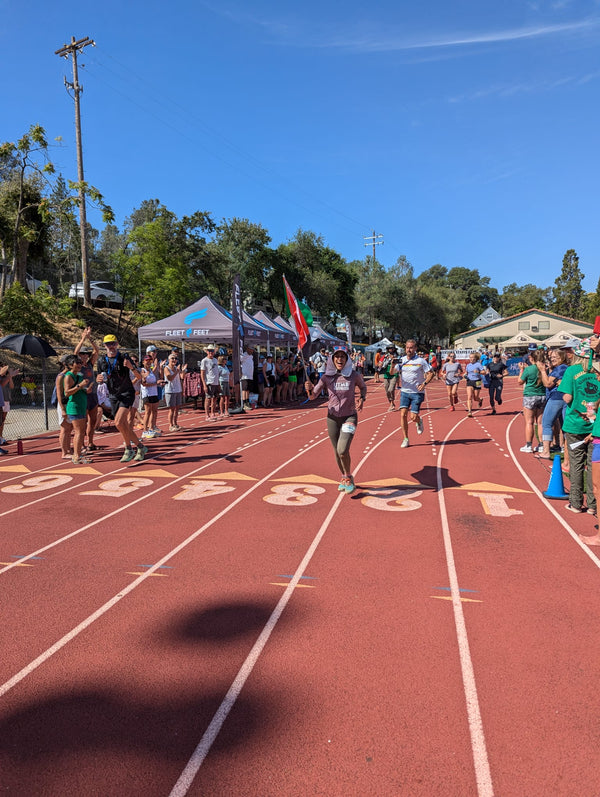Healthy Sodium Intake for Athletes
When it comes to electrolyte replenishment, sodium is a key player. But can you overdo it on the electrolyte drinks? Or, what if you aren’t getting enough sodium to begin with? We’ll dive into the all the salty details.
Too little sodium can result in a condition known as hyponatremia.
WHAT IS HYPONATREMIA?
Clinically speaking, blood sodium levels below 135 mmol/L, with or without the presence of symptoms.
Signs and symptoms of hyponatremia include weight gain during exercise (from overconsumption of fluids), headache, fatigue, nausea or vomiting, muscle weakness, spasms, or cramps, and in serious conditions altered mental status, seizures, and loss of consciousness
WHAT CAUSES HYPONATREMIA?
Main causes include sodium dilution (overdrinking diluted fluids, including water) or, to a lesser extent, sodium depletion (heavy sweat losses, low sodium intake).
HOW TO AVOID HYPONATREMIA
Practice smart hydration. Drink to thirst, unless you’re engaging in prolonged exercise in a hot environment, then plan your drinking according to individual needs, and incorporate electrolytes like GU Hydration Tabs. Try to aim for 30-800 mg of sodium per hour of exercise and adjust from there. One Hydration Tab contains 320 mg of sodium. Find out what works best for you based on how you feel after each workout.
Risk factors for developing hyponatremia include longer exercise times (such as ultramarathons), excessive fluid consumption, female sex, and inexperience (novice athletes).
IS IT POSSIBLE TO HAVE TOO MUCH SODIUM?
Too much sodium is generally less of a concern in athletic populations due to their higher sweat losses, but for general health excessive sodium intake can have negative consequences, such as:
- Water retention and edema, particularly in the hands and feet. You may even notice a transient increase in body weight.
- Increased blood pressure, usually temporary
- Increased thirst and fluid consumption
HOW MUCH SODIUM SHOULD I AIM FOR?
During hot, humid, or sweaty activities, aim for 300-800 mg of sodium per hour. Each Hydration Tab is dissolvable in 16 ounces of water. In general, most people consume adequate amounts of sodium in their daily diet, and additional sodium supplements are not needed unless exercise-induced sweat losses are substantial. This may be the case with prolonged activity, including multi-hour or multi-day events, or in hot/humid ambient conditions.
“I have had an issue with cramping in my legs and arms for quite some time after long workouts. I am 62 years old and walked 18 miles in 6 hours and not a single cramp !!!!!”
Sodium Intake FAQs
Q: How much sodium do athletes need during exercise?
A: The amount of sodium athletes need can vary depending on factors like sweat rate, exercise intensity, and environmental conditions. Generally, athletes may require between 300-800 mg of sodium per hour of exercise to replace what is lost through sweat and to maintain proper hydration and performance levels.
Q: Can I use GU Energy Gels or Energy Chews for hydration?
A: While GU Energy Gels and Energy Chews provide quick energy and electrolytes, we recommend supplementing with a hydration product like Hydration Tabs. Energy Gels and Energy Chews work best in conjunction with water or an electrolyte product to maintain your body's fluid balance.
Q: How can athletes tailor their sodium intake to their specific needs?
A: Sodium needs vary greatly depending on individual factors like sweat rate and composition, exercise intensity, climate, and overall health. Athletes can tailor their intake by paying attention to their body’s signals—such as thirst, energy levels, and cramping—and adjusting sodium consumption accordingly. Using GU products like Hydration Tabs, Energy Gels, or Roctane Energy Drink Mix can help fine-tune sodium intake during exercise.

